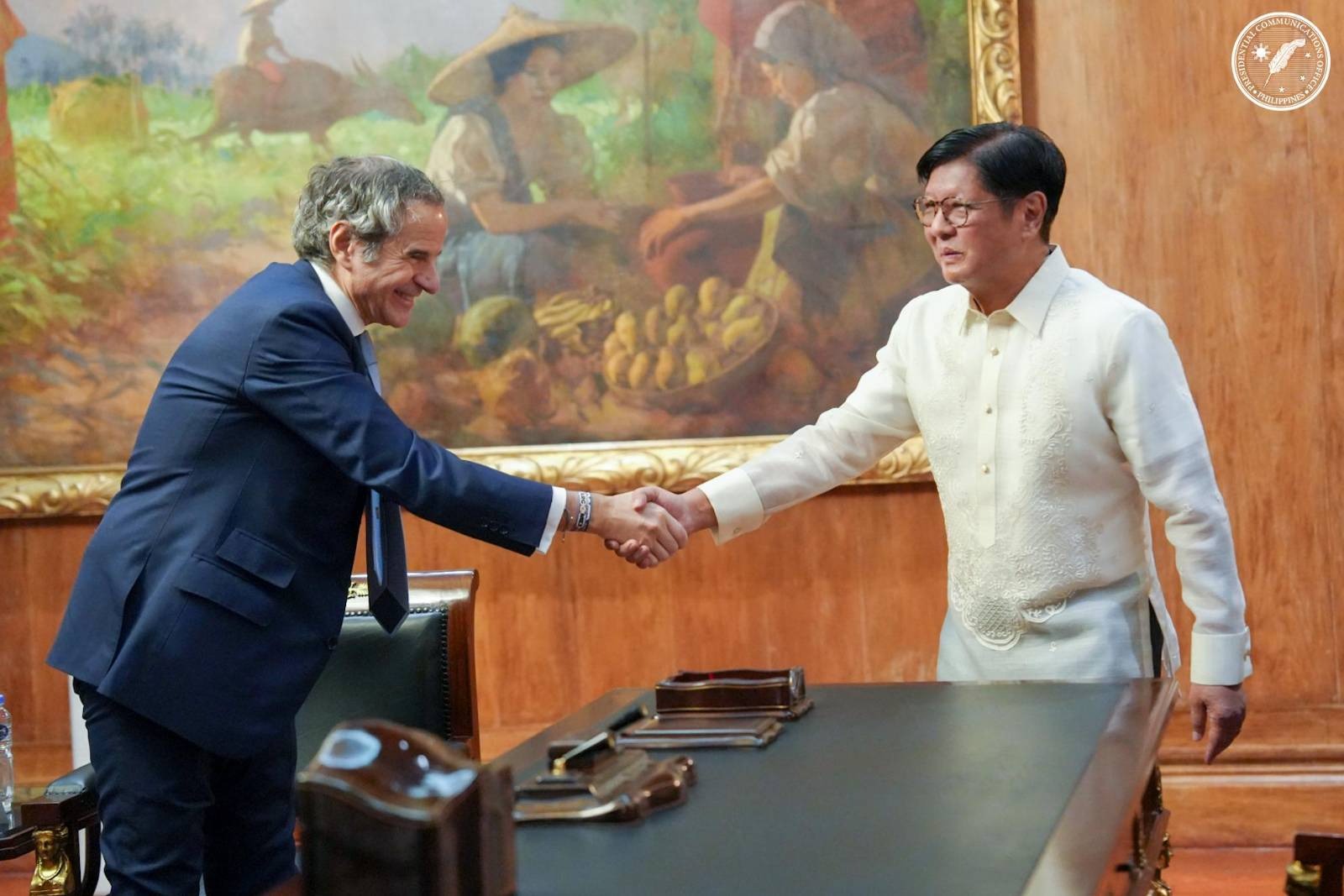
25 November 2025
President Ferdinand R. Marcos Jr. received Director General Rafael Mariano Grossi of the International Atomic Energy Agency (IAEA) during a courtesy call at Malacañan Palace on Tuesday.
Joining the President were Department of Science and Technology (DOST) Secretary Renato Solidum Jr., Department of Environment and Natural Resources (DENR) Secretary Raphael Lotilla, and Ambassador to Austria and Permanent Representative to the IAEA Evangelina Lourdes Bernas.
Grossi, who assumed office in 2019, is on his first official visit to the Philippines for the International High-Level Forum on Nuclear Technology for Controlling Plastic Pollution (NUTEC Plastics): Scaling Solutions and Partnerships for Global Impact.
The Philippines is hosting the forum from November 25 to 26.
With headquarters in Vienna, Austria, the IAEA was established in 1957 within the United Nations system to promote the safe, secure, and peaceful use of nuclear technologies.
The Philippines has been a member state of the IAEA since 1958.
Through its participation in various IAEA technical cooperation projects, the country has strengthened its capabilities and expertise in nuclear science and technology and contributed to the global exchange of knowledge and best practices on the peaceful applications of nuclear energy, nuclear safety, safeguards and security. | PND

25 November 2025
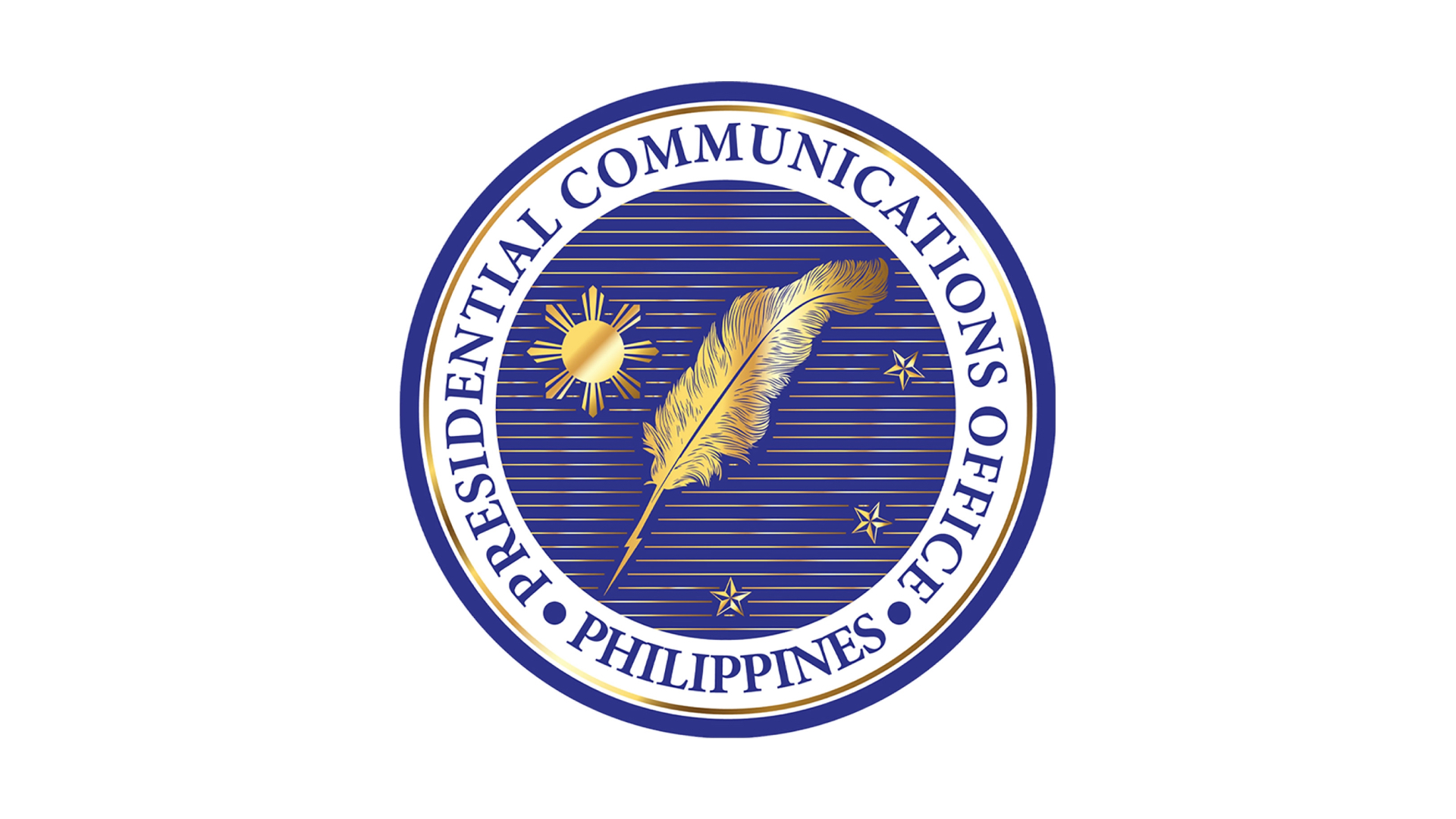
25 November 2025
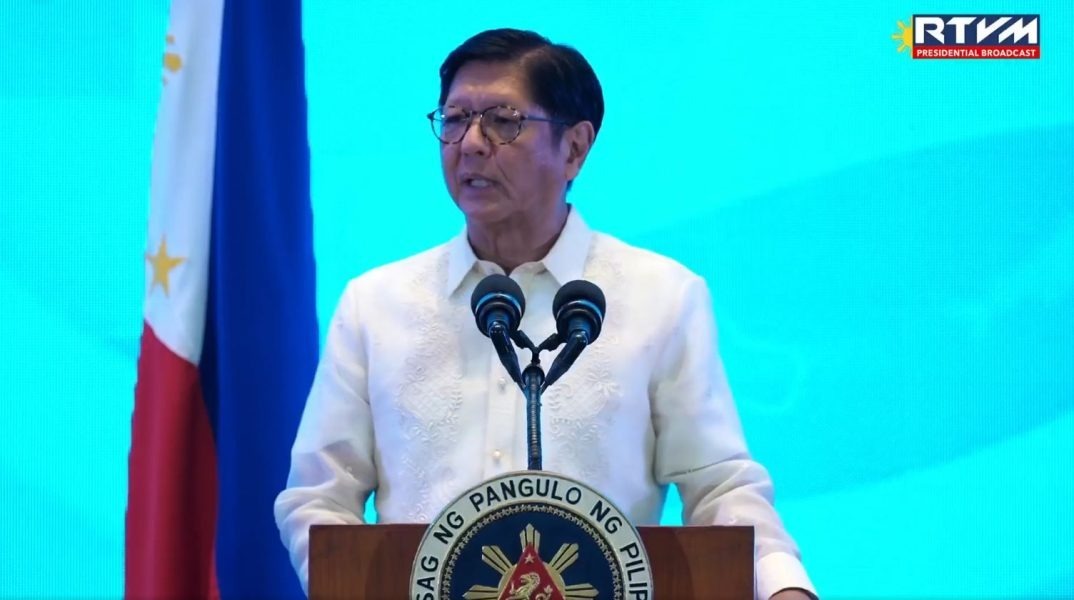
25 November 2025
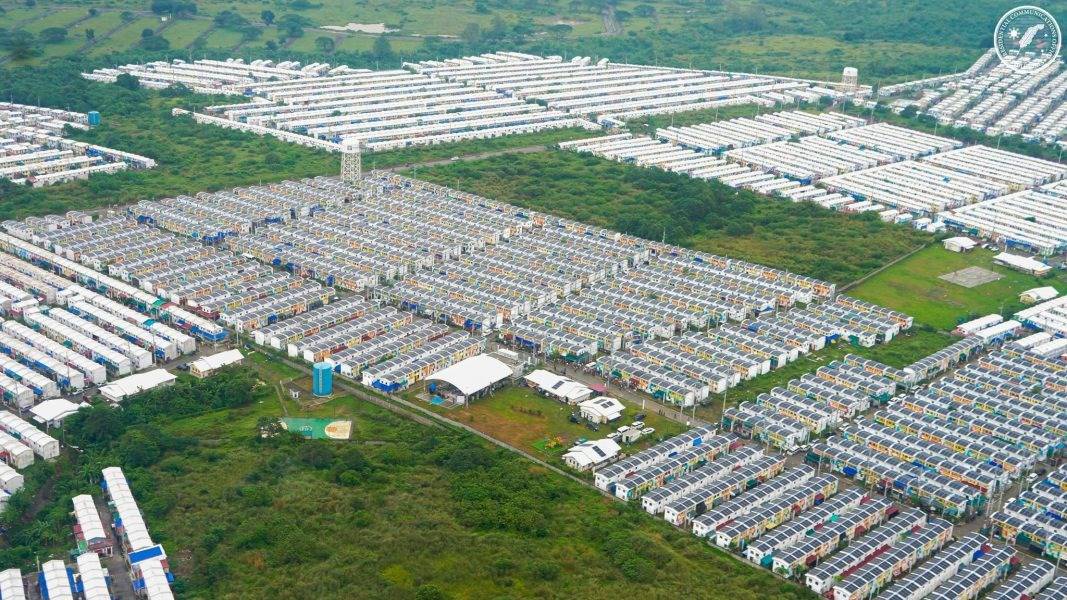
25 November 2025
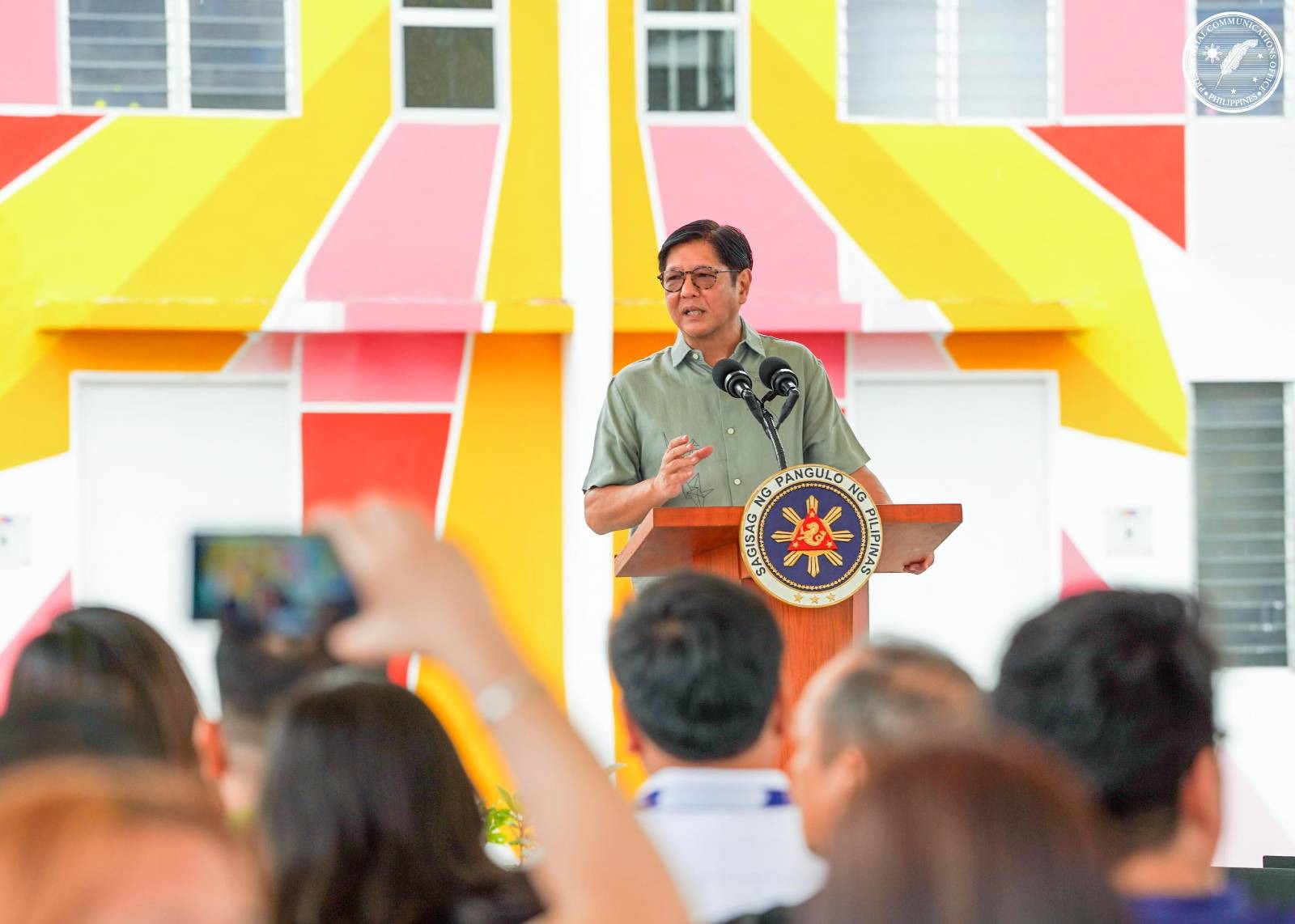
25 November 2025

25 November 2025

24 November 2025

24 November 2025
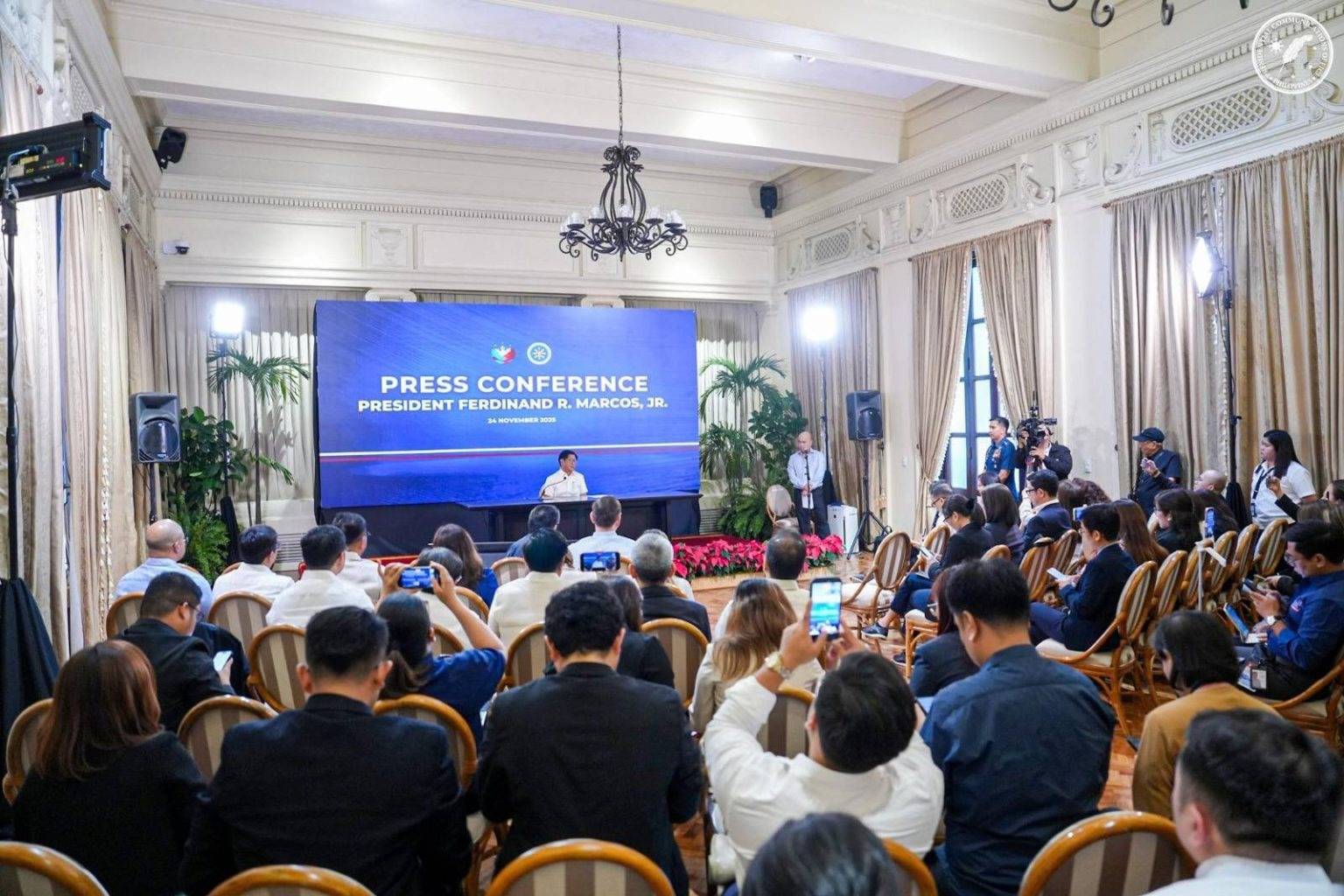
24 November 2025

24 November 2025
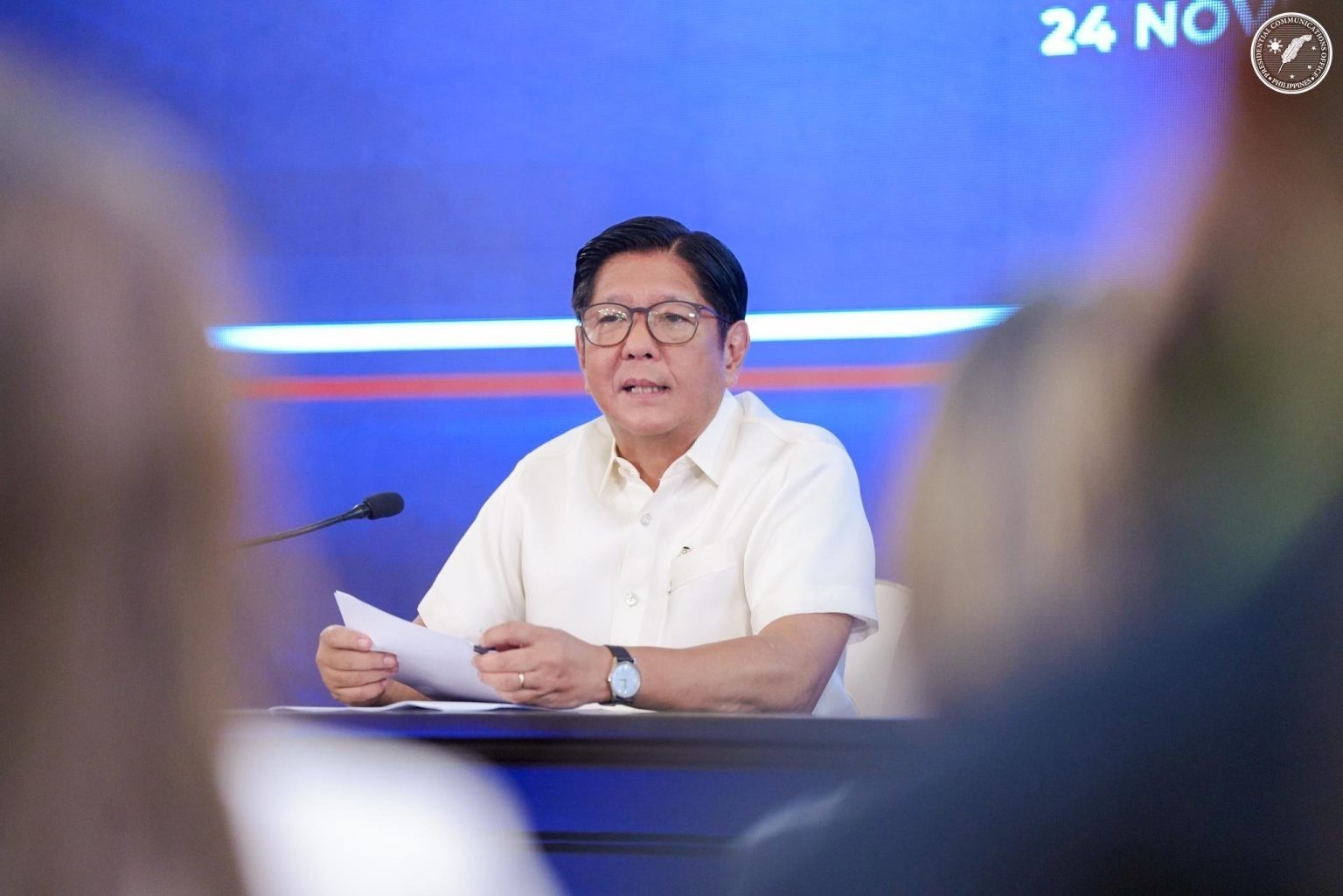
24 November 2025

24 November 2025

24 November 2025
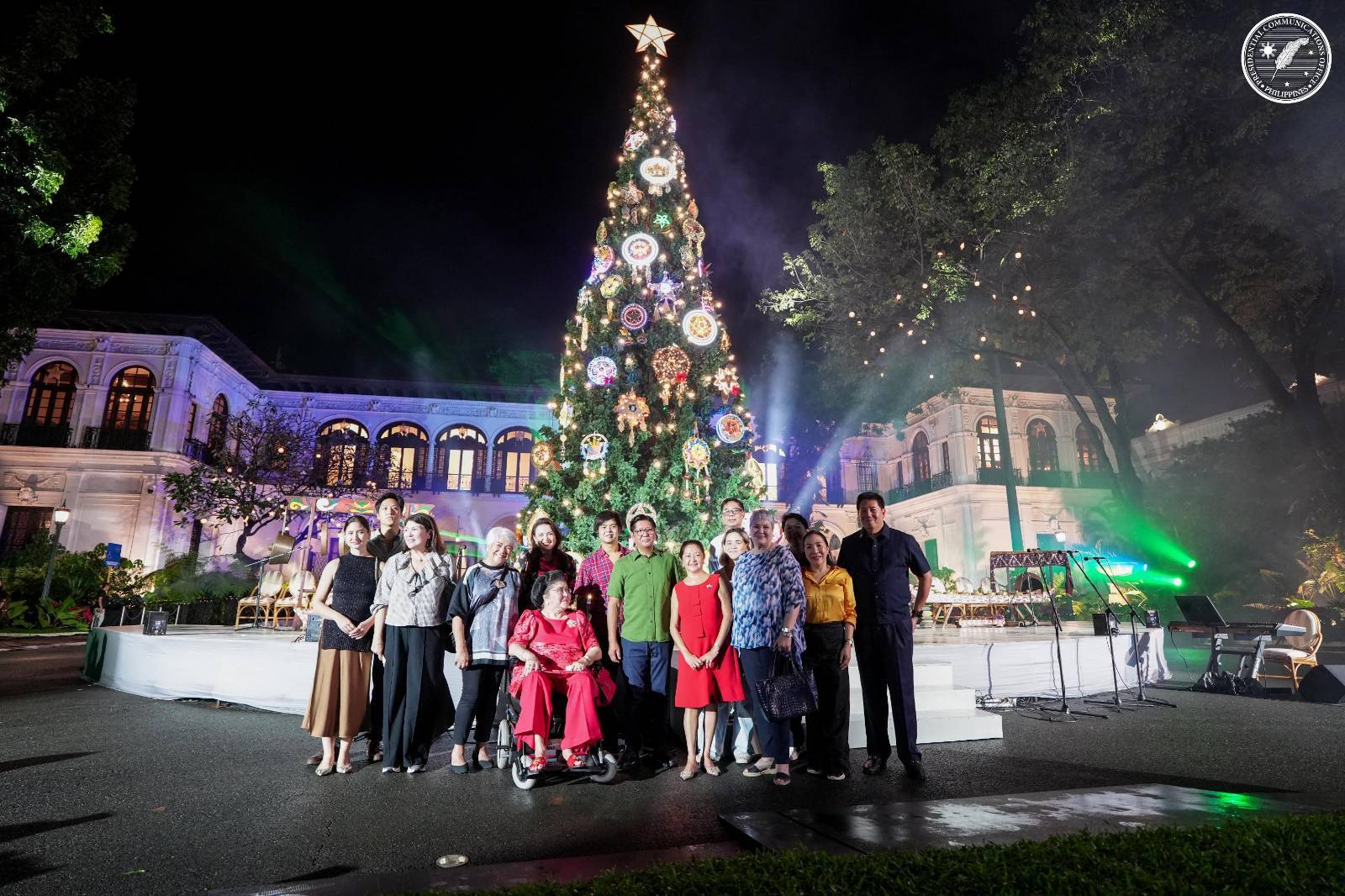
23 November 2025

22 November 2025

21 November 2025

21 November 2025
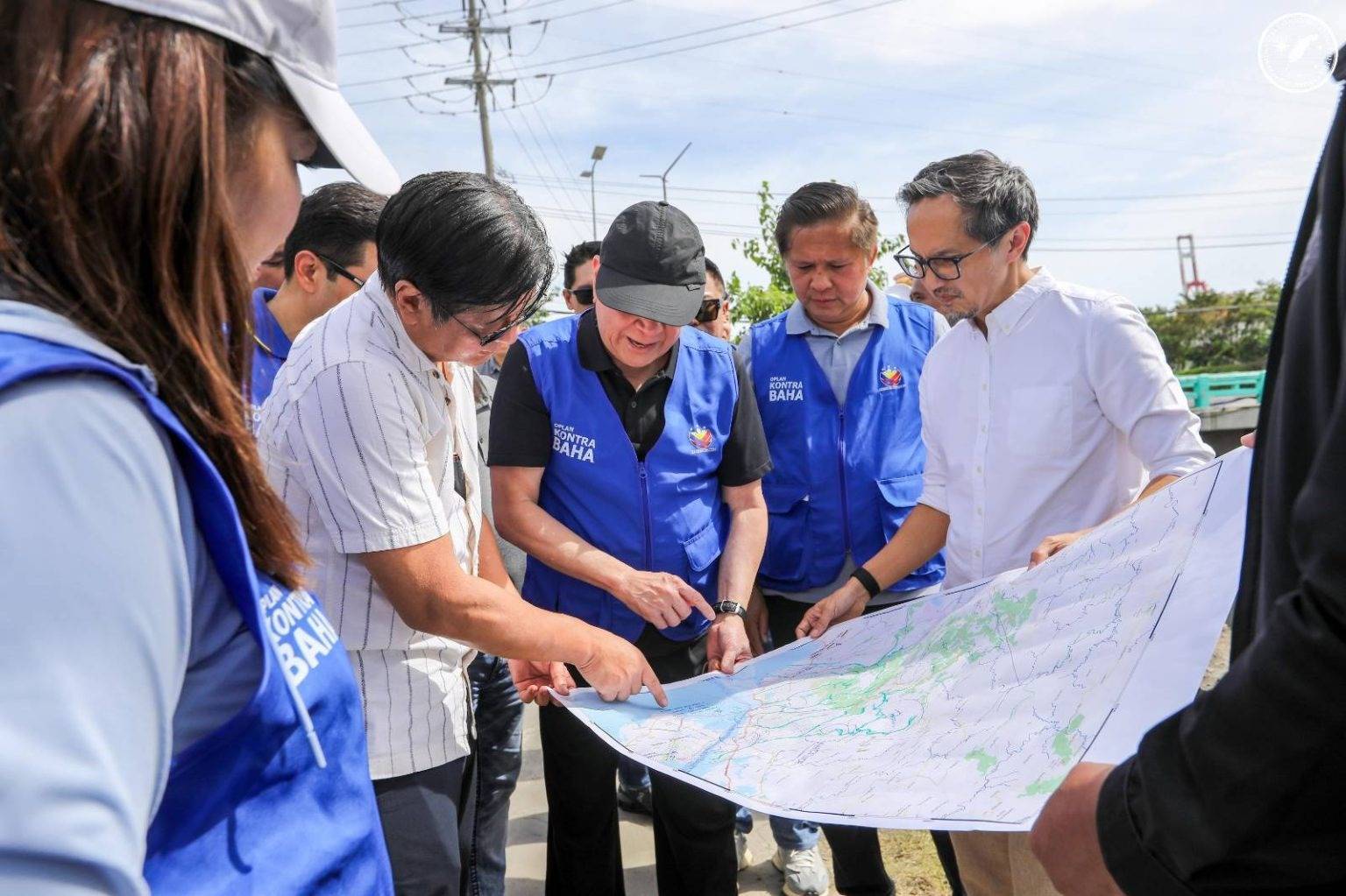
21 November 2025

21 November 2025
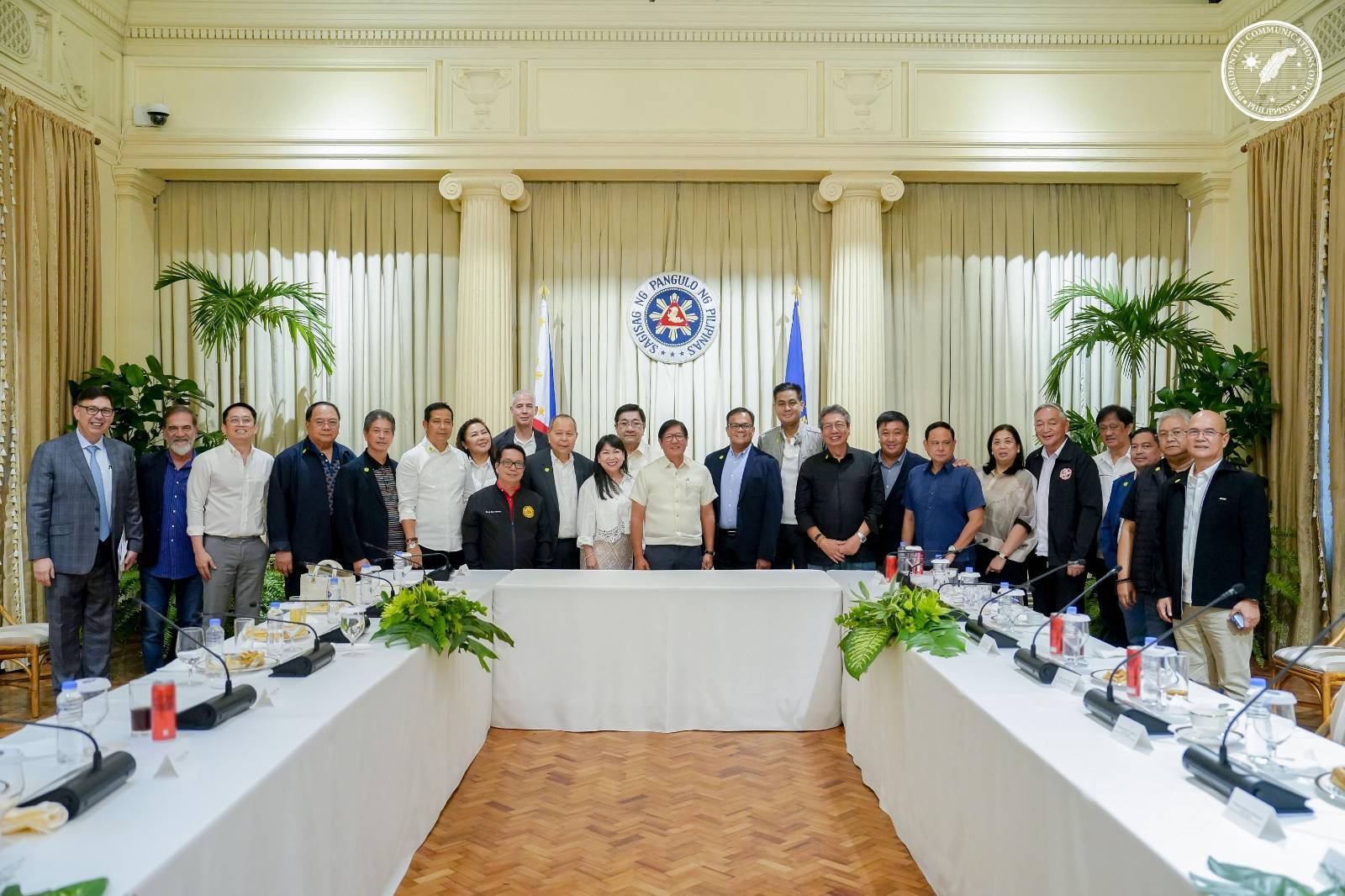
21 November 2025

25 November 2025
President Ferdinand R. Marcos Jr. received the credentials of the newly designated non-resident ambassadors of Tunisia, Paraguay, Burkina Faso, the Marshall Islands, and Serbia in a formal presentation ceremony at Malacañan Palace, President Marcos on Tuesday.
President Marcos received the letters of credence of His Excellency Mohamed Trabelsi, Ambassador of the Republic of Tunisia; His Excellency Miguel Angel Ubaldino Romero Alvarez, Ambassador of the Republic of Paraguay; Her Excellency Bibata Nebie/Ouedraogo, Ambassador of Burkina Faso; Her Excellency Anjanette Kattil, Ambassador of the Republic of the Marshall Islands; and Her Excellency Ivana Golubović-Duboka, Ambassador of the Republic of Serbia.
The presentation of credentials marks the official start of the ambassadors’ diplomatic tenure as representatives of their respective governments to the Republic of the Philippines, underscoring the mutual commitment to strengthening bilateral relations and fostering international cooperation.
The Philippines established diplomatic relations with Tunisia in 1975; with Paraguay in 1962; Burkina Faso in 2002; with the Marshall Islands in 1988; and Serbia in 1972. | PND

25 November 2025

25 November 2025

25 November 2025

25 November 2025

25 November 2025

25 November 2025

24 November 2025

24 November 2025

24 November 2025

24 November 2025

24 November 2025

24 November 2025

24 November 2025

23 November 2025

22 November 2025

21 November 2025

21 November 2025

21 November 2025

21 November 2025

21 November 2025

25 November 2025
Ang Department of Public Works and Highways (DPWH) Transparency Portal ay isang pinalawak at mas madaling gamitin na bersyon ng Sumbong sa Pangulo platform, na nagbibigay-daan sa publiko na subaybayan ang mga proyekto ng pamahalaan sa imprastraktura at mag-ulat ng anumang kahina-hinalang anomalya.
Ito ang inihayag nitong Martes ni Presidential Communications Office (PCO) Secretary Dave Gomez, na nagsabing malaki ang naging pag-unlad ng portal kumpara sa naunang complaint system dahil mas malawak ang saklaw ng impormasyon at mas user-friendly kaya mas madaling mamonitor ng publiko ang lahat ng proyekto ng DPWH sa buong bansa.
“As you can see, maraming pagkakahawig doon sa Sumbong sa Pangulo website. Pero mas expanded ito ngayon. If I may say so, parang Sumbong sa Pangulo 2.0,” pahayag ni Gomez sa isang panayam sa TV5.
Inilunsad ni Pangulong Ferdinand R. Marcos Jr. ang DPWH Transparency Portal nito lamang Lunes bilang bahagi ng nagpapatuloy na reporma upang matigil ang korapsyon sa mga proyektong pang-imprastraktura.
Sinimulan ni Pangulong Marcos ang kanyang kampanya laban sa mga anomalya sa flood control at iba pang proyektong pang-imprastraktura sa pamamagitan ng paglikha ng Sumbong sa Pangulo website noong Agosto 11.
Ipinaliwanag ni Gomez na hinigitan na ng bagong DPWH Transparency Portal ang dating limitasyong nakatuon lamang sa flood control projects, dahil maaari nang hanapin ng mga user ang kahit anong proyekto ng DPWH at makita agad ang mahahalagang detalye tulad ng implementing office, contractor, halaga ng proyekto, at kasalukuyang status nito.
“Contrary to the initial belief na medyo nakaka-intimidate, napaka-user-friendly ng portal. Sa search bar, i-type mo lang kung ano yung proyekto gusto mong hanapin—lalabas na lahat ng detalye,” dagdag pa kay Gomez na nagsabing personal niyang sinubukan ang portal makaraan itong ilunsad.
“From sino ‘yung implementing office, sino yung contractor, to the amount of the project, yung status ng project, kumpleto doon,” ayon sa PCO chief.
Hinikayat ni Gomez ang publiko na regular na gamitin ang Transparency Portal upang mabantayan ang mga proyekto sa kanilang mga komunidad at maipagbigay-alam ang posibleng iregularidad o hindi maayos na trabaho.
“So, I encourage the people to use this portal para masubaybayan ‘yung mga proyekto n’yo on the ground, yung proyekto dyan sa komunidad nyo at mag-report. Kung tingin ninyo talagang may katiwalian sa mga proyekto na ‘yun, gamitin natin itong portal na ito para mag-report. ‘Yun ang purpose ng transparency,” pahayag ni Gomez
Nang tanungin kung papalitan na ba ng bagong platform ang Sumbong sa Pangulo website ng Office of the President, sinabi ni Gomez na kusa itong magaganap kapag na-turn over na ang karamihan ng mga report at lumipat na ang mga mamamayan sa sistemang pinamamahalaan ng DPWH.
Dagdag pa niya, bagama’t nasa ilalim ng DPWH ang portal at binuo sa pakikipagtulungan sa Department of Information and Communications Technology (DICT), mananatili pa rin ang visibility ng Office of the President sa sistema.
“Eventually mag fade out na ‘yung Sumbong sa Pangulo pag hindi na tayo nakakatanggap ng reports diyan at na-turnover na natin sa ICI yung karamihan ng report. Naturally mawawala na ‘yan,” dagdag pa ng PCO chief.
Inaasahang lalakas ang partisipasyon ng publiko, mababawasan ang korapsyon, at mapapalakas ang accountability sa pagpapatupad ng mga proyektong pang-imprastraktura sa buong bansa sa pamamagitan ng DPWH Transparency Portal. | PND

25 November 2025

25 November 2025

25 November 2025

25 November 2025

25 November 2025

25 November 2025

24 November 2025

24 November 2025

24 November 2025

24 November 2025

24 November 2025

24 November 2025

24 November 2025

23 November 2025

22 November 2025

21 November 2025

21 November 2025

21 November 2025

21 November 2025

21 November 2025

25 November 2025
President Ferdinand R. Marcos Jr. on Tuesday underscored the Philippines’ commitment to partner with international bodies and organizations in addressing problems such as plastic pollution with the use of modern technologies.
In his keynote address at the International Atomic Energy Agency (IAEA) International High-Level Forum (IHLF) on the Nuclear Technology for Controlling Plastic Pollution (NUTEC Plastics) held in Pasay City, President Marcos noted how plastic pollution posed a major problem that has now become global in scale, persistent in impact, and deeply entangled with the way economies grow.
Plastic pollution, said the President, affects biodiversity, public health, supply chains, and the lives of coastal and urban communities.
“That is why the Philippines is proud to champion the NUTEC Plastics Initiative of the IAEA. NUTEC Plastics embodies the kind of innovation we need — solutions that merge advanced nuclear applications with environmental protection, to translate scientific progress into tangible benefits for industry and for society,” President Marcos told the forum attendees.
Scientific institutions in the Philippines have embraced this challenge, building on the strength of international scientific cooperation, the President noted.
For instance, the Philippine Nuclear Research Institute (PNRI) of the Department of Science and Technology (DOST), together with the Industrial Technology Development Institute and industry partner, Envirotech have developed a breakthrough process that transforms low-value plastic wastes into durable, commercially viable materials under the Post-Radiation Reactive Extrusion of Plastic Wastes Project (PREx).
“The PREx Prototype House stands today as a tangible output of this initiative. But beyond a demonstration of breakthrough nuclear technology, it is a prototype of the future circular economy,” said President Marcos, who welcomed the chance for the delegates to visit the structure.
With radiation technology enhancing polymer properties, reducing material degradation, and creating new industrial uses for plastics, the President said this shows how innovation reshapes a sector by converting what once called “waste” into new value.
The President also mentioned the marine microplastics monitoring laboratory established with the IAEA at the University of the Philippines – Marine Science Institute that equips Filipino researchers with the tools to quantify microplastic pollution with scientific precision.
Data generated from the facility informs global models, strengthens policy interventions, and helps experts track the real-time impacts of plastics on marine ecosystems, the President added.
President Marcos also highlighted the launch of the NUTEC Plastics Investment and Partnership Brochure, which outlines opportunities for governments, industries, and research agencies to scale up investment in nuclear science for environmental protection and industry growth.
The President said the Philippines is committed to building networks with regulators, scientists, investors and community stakeholders, as manifested by his signing of Republic Act No. 12305 or the Philippine Nuclear Law last September.
“It gives our scientists now and industries as well a stable, predictable environment to innovate responsibly. It also signals that the Philippines is ready for deeper, science-driven cooperation with global partners,” said President Marcos.
Under the Philippines’ Chairship of the Association of Southeast Asian Nations (ASEAN) in 2026, the President said the region will expand the work of the ASEAN Network of Regulatory Bodies on Atomic Energy (ASEANTOM) in enhancing nuclear science literacy, laboratory networks, and regulatory harmonization.
The President also cited NUTEC Plastics as a model for ASEAN collaboration on science-based solutions to transboundary problems.
“Our engagement with the IAEA and our support for science-based responses to plastic pollution reflect that same conviction: that durable progress comes not from acting alone, but from strengthening the international system that makes such cooperation possible,” President Marcos said.
“This Forum is part of that commitment. It reflects a belief that the peaceful uses of
nuclear science can uplift communities, support green industries, and strengthen the resilience of nations,” added the President. | PND

25 November 2025

25 November 2025

25 November 2025

25 November 2025

25 November 2025

25 November 2025

24 November 2025

24 November 2025

24 November 2025

24 November 2025

24 November 2025

24 November 2025

24 November 2025

23 November 2025

22 November 2025

21 November 2025

21 November 2025

21 November 2025

21 November 2025

21 November 2025

25 November 2025
Nangako si Pangulong Ferdinand R. Marcos Jr. nitong Martes na mas palalakasin pa ng pamahalaan ang suporta para sa mga proyekto sa renewable energy at clean technology sa bansa.
Ipinahayag ito ng Pangulo matapos bisitahin ang NING*NING 6.55-Megawatt Peak Solar Rooftop Power Facility sa Pasinaya Homes sa Naic, Cavite — kinikilalang kauna-unahang grid-connected, utility-scale solar rooftop project sa mundo na matatagpuan sa loob ng isang socialized housing community.
“It is an initiative that is a monumental one as it lights up homes and the path forward to the country’s energy transition,” sinabi ng Pangulo.
Ang NING*NING Project ay naglagay ng mga solar panel sa bubong ng 1,986 na kabahayan, na nagbibigay-daan upang sama-sama silang makapag-generate ng malinis na enerhiya.
Binigyang-diin ng Pangulo na bukod sa pagkakaroon ng solar power, ang proyekto ay lumilikha rin ng kita na makatutulong sa pagpapanatili ng mga serbisyo ng komunidad tulad ng pagkukumpuni ng bubong, street lighting, waste management, shared solar facilities, at mga training program para sa mga residente.
“In other words, the energy produced here will power a better life for the people who live in this community,” ayon sa Pangulo.
“Because although there are advantages, there are benefits to those living in this community, there is also the benefit to the grid because you are providing additional power, which we all know is something that we need.”
Pinuri rin ng Pangulo ang proyekto sa mahusay nitong paggamit ng mga existing na bubong, na hindi gumagamit ng lupang sakahan, hindi nakakasira ng kabuhayan, at hindi nagsasayang ng anumang lupa.
Ayon kay Pangulong Marcos, inaasahang makababawas ang proyekto ng mahigit 6,233 metric tons ng carbon dioxide emissions bawat taon — na katumbas ng pag-alis ng halos 1,000 sasakyan sa mga kalsada.
Sinabi rin ng Pangulo na ang makabagong inisyatiba ng proyekto ay kinilala na sa buong mundo, matapos nitong magwagi ng Gold Award para sa ESG Integration Excellence at Silver Award para sa Sustainable Renewable Energy Initiative of the Year sa Asian Power Awards 2025.
Binati ni Pangulong Marcos ang Solaris Inc., ang solar energy arm ng Joy-Nostalg Group, at ang development arm nito na Raemulan Lands — ang mga kumpanyang nasa likod ng proyekto — kasama ang kanilang mga katuwang, sa pagpapakita ng galing at talino ng mga Pilipino sa pandaigdigang entablado.
“I believe that this community in Naic is just the beginning… Imagine what we can do if we replicate this sort of effort in neighboring communities and, later on, the rest of the country,” ayon sa Pangulo.
Binigyang-diin ng Pangulo na ang mas malapit na pagtutulungan ng pamahalaan, pribadong sektor, at mga lokal na komunidad ay napakahalaga upang mapalawak ang mga inisyatiba sa renewable energy sa buong bansa, lalo na sa harap ng mga hamon ng climate change.
“Kailangan natin ng tulong ng bawat komunidad, bawat pamilya, bawat Pilipino,” dagdag pa ng Pangulo.
Tiniyak rin ng Pangulo na patuloy na pagbubutihin ng administrasyon ang mga proseso upang higit pang isulong, suportahan, at pabilisin ang pagbuo ng mga makabago at makalikasang renewable energy projects.
“Indeed, our collaboration demonstrates what can be achieved when the government, private sector, and communities work together to create sustainable solutions,” ayon kay Pangulong Marcos.
“Muli, sama-sama po tayong magsikap upang makamit ang isang mas maganda at maliwanag na kinabukasang mamanahin at ipagmamalaki ng ating mga anak,” ayon sa konklusyon ng Punong Ehekutibo. | PND

25 November 2025

25 November 2025

25 November 2025

25 November 2025

25 November 2025

25 November 2025

24 November 2025

24 November 2025

24 November 2025

24 November 2025

24 November 2025

24 November 2025

24 November 2025

23 November 2025

22 November 2025

21 November 2025

21 November 2025

21 November 2025

21 November 2025

21 November 2025

25 November 2025
“It is an initiative that is a monumental one as it lights up homes and the path forward to the country’s energy transition.”
President Ferdinand R. Marcos Jr. on Tuesday vowed stronger government support for renewable energy and clean technology projects in the country.
President Marcos made the commitment as he visited the NING*NING 6.55-Megawatt Peak Solar Rooftop Power Facility at Pasinaya Homes in Naic, Cavite — hailed as the world’s first grid-connected, utility-scale solar rooftop project within a socialized housing community.
The NING*NING Project equips 1,986 homes with rooftop solar panels, allowing them to collectively generate clean power.
The President stressed that aside from providing solar power, the project also generates revenue, which will help sustain community services such as roof repairs, street lighting, waste management, shared solar facilities, and resident training programs.
“In other words, the energy that we produced here will power a better life for the people who live in this community, but even beyond this community,” President Marcos said.
“Because although there are advantages, there are benefits to those living in this community, there is also the benefit to the grid because you are providing additional power, which we all know is something that we need.”
The President praised the project for utilizing existing rooftops, noting that no farmland is used, no livelihoods are disrupted, and no land is wasted.
President Marcos said the project is expected to reduce over 6,233 metric tons of carbon dioxide emissions per year, like removing nearly 1,000 vehicles from the road.
The President said the project’s innovative work has already earned international recognition, winning Gold for ESG Integration Excellence and Silver for Sustainable Renewable Energy Initiative of the Year at the Asian Power Awards 2025.
President Marcos then congratulated Solaris Inc., the solar energy arm of Joy-Nostalg Group, and its development arm, Raemulan Lands Inc., as well as their other partners, for showcasing Filipino innovation on the global stage.
“I believe that this community in Naic is just the beginning… Imagine what we can do if we replicate this sort of effort in neighboring communities and, later on, the rest of the country,” the President said.
President stressed that closer collaboration between the government, private sector, and local communities is crucial for expanding renewable energy initiatives across the country, especially in the face of climate change challenges.
“Kailangan natin ng tulong ng bawat komunidad, bawat pamilya, bawat Pilipino,” the President said.
On the part of the government, the President said the administration will continue improving processes to promote, support, and accelerate more innovative renewable energy projects.
“Indeed, our collaboration demonstrates what can be achieved when the government, the private sector, and communities work together to create sustainable solutions,” President Marcos said.
“Muli, sama-sama po tayong magsikap upang makamit ang isang mas maganda at maliwanag na kinabukasang mamanahin at ipagmamalaki ng ating mga anak,” the President concluded. | PND

25 November 2025

25 November 2025

25 November 2025

25 November 2025

25 November 2025

25 November 2025

24 November 2025

24 November 2025

24 November 2025

24 November 2025

24 November 2025

24 November 2025

24 November 2025

23 November 2025

22 November 2025

21 November 2025

21 November 2025

21 November 2025

21 November 2025

21 November 2025

25 November 2025
The Department of Public Works and Highways (DPWH) Transparency Portal, is an expanded and more accessible version of the Sumbong sa Pangulo platform that allows the public to track government infrastructure projects and report suspected anomalies.
Presidential Communications Office (PCO) Secretary Dave Gomez said on Tuesday the portal significantly improves on the earlier complaint system by offering a broader scope of information and a more user-friendly interface, enabling citizens to monitor all DPWH projects nationwide.
“As you can see, maraming pagkakahawig doon sa Isumbong mo sa Pangulo website. Pero mas expanded ito ngayon. If I may say so, parang Isumbong sa Pangulo 2.0,” Gomez said in an interview over TV5.
President Ferdinand R. Marcos Jr. launched the DPWH Transparency Portal on Monday as part of the continuing reforms to stop corruption in public infrastructure projects.
President Marcos started his campaign against anomalous flood control and other infrastructure projects by creating the Ssumbong sa Pangulo website last August 11.
Gomez explained that the new DPWH Transparency Portal goes beyond earlier functions that focused mainly on flood control projects, as users can search any DPWH project and instantly view critical details such as the implementing office, contractor, project cost, and status.
“Contrary to the initial belief na medyo nakaka-intimidate, napaka-user-friendly ng portal. Sa search bar, i-type mo lang kung ano yung proyekto gusto mong hanapin—lalabas na lahat ng detalye,” he added, noting that he personally tested the site after its launch.
“From sino ‘yung implementing office, sino yung contractor, to the amount of the project, yung status ng project, kumpleto doon,” the PCO chief noted.
Gomez encouraged the public to regularly use the Transparency Portal to monitor ongoing projects in their communities and report possible irregularities or substandard work.
“So, I encourage the people to use this portal para masubaybayan ‘yung mga proyekto n’yo on the ground, yung proyekto dyan sa komunidad nyo. At mag-report. Kung tingin nyo talagang may katiwilian sa mga proyekto na yun, gamitin natin itong portal na ito para mag-report. Yun ang purpose ng transparency,” Gomez said.
Asked whether the new platform would eventually replace the Office of the President’s Sumbong sa Pangulo website, Gomez said the shift will happen naturally once most reports are turned over and citizens transition to the DPWH-managed system.
“Eventually mag fade out na ‘yung Sumbong sa Pangulo pag hindi na tayo nakakatanggap ng reports diyan at na-turnover na natin sa ICI yung karamihan ng report. Naturally mawawala na ‘yan,” the PCO chief said.
Gomez explained that while the portal is housed under DPWH and developed in partnership with the Department of Information and Communications Technology (DICT), the Office of the President will still have visibility over the system.
The DPWH Transparency Portal is expected to strengthen public participation, deter corruption, and enhance accountability in the implementation of infrastructure projects nationwide. | PND

25 November 2025

25 November 2025

25 November 2025

25 November 2025

25 November 2025

25 November 2025

24 November 2025

24 November 2025

24 November 2025

24 November 2025

24 November 2025

24 November 2025

24 November 2025

23 November 2025

22 November 2025

21 November 2025

21 November 2025

21 November 2025

21 November 2025

21 November 2025

24 November 2025
Nakipagpulong si Pangulong Ferdinand R. Marcos Jr. nitong Lunes sa mga pinuno ng iba’t ibang ahensyang responsable sa pagpapatupad ng mga warrant of arrest laban sa mga indibidwal na kinasuhan ng graft at malversation dahil sa iregularidad sa mga proyekto ng flood control.
Kabilang sa mga opisyal na nakipagpulong sa Pangulo sa Malacañang sina Department of Interior and Local Government Secretary Jonvic Remulla at Acting Department of Justice Secretary Fredderick Vida.
Dumalo rin sa pulong sina Presidential Anti-Organized Crime Commission Executive Director Benjamin Acorda Jr., Acting Philippine National Police Chief PLt. Gen. Jose Melencio C. Nartatez Jr., at National Bureau of Investigation Officer-in-Charge Angelito Magno.
Sa isang video message nitong Lunes ng umaga, sinabi ni Pangulong Marcos na pito sa 16 na akusado ay nasa kustodiya na ng mga awtoridad.
Hinikayat ng Pangulo ang iba pang akusado, kabilang ang dating Ako Bicol Party List Rep. Zaldy Co, na sumuko. Binalaan din niya ang sinumang magtatago o magtatangkang magkanlong sa mga akusado na maaari rin silang managot sa batas.
Inutos ng Punong Ehekutibo ang imbestigasyon hinggil sa mga anomalya sa flood control projects sa kanyang Ika-apat na State of the Nation Address noong Hulyo 28.
Noong Setyembre 11, 2025, nilagdaan ng Pangulo ang Executive Order No. 94 na lumikha sa Independent Commission for Infrastructure (ICI). Ang komisyong ito ang magsasagawa ng imbestigasyon sa mga flood control at iba pang proyektong pang-imprastruktura at magrerekomenda ng mga kasong dapat isampa laban sa mga responsable sa iregularidad. | PND

25 November 2025

25 November 2025

25 November 2025

25 November 2025

25 November 2025

25 November 2025

25 November 2025

24 November 2025

24 November 2025

24 November 2025

24 November 2025

24 November 2025

24 November 2025

23 November 2025

22 November 2025

21 November 2025

21 November 2025

21 November 2025

21 November 2025

21 November 2025

24 November 2025
President Ferdinand R. Marcos Jr. on Monday met with the heads of various agencies involved in the implementation of the arrest warrants against individuals indicted for graft and malversation in flood control irregularities.
Among the officials who met the President in Malacañang include Department of Interior and Local Government Secretary Jonvic Remulla and Acting Department of Justice Secretary Fredderick Vida.
Presidential Anti-Organized Crime Commission Executive Director Benjamin Acorda Jr., Acting Philippine National Police Chief, PLt. Gen Jose Melencio C. Nartatez Jr., and National Bureau of Investigation Officer-in-Charge Angelito Magno also joined the meeting.
In a video message early Monday, President Marcos said seven of the 16 accused are now in the custody of the authorities.
The President urged the rest of the accused, including former Ako Bicol Party List Rep. Zaldy Co, to surrender, as the President warned those who might harbor the accused that they will also be criminally liable.
The Chief Executive ordered the investigation into flood control anomalies during his July 28 Fourth State of the Nation Address.
The President signed on September 11, 2025 Executive Order No. 94 creating the Independent Commission for Infrastructure (ICI). This body shall investigate flood control and other infrastructure projects and recommend the filing of appropriate charges against those responsible for irregularities. | PND

25 November 2025

25 November 2025

25 November 2025

25 November 2025

25 November 2025

25 November 2025

25 November 2025

24 November 2025

24 November 2025

24 November 2025

24 November 2025

24 November 2025

24 November 2025

23 November 2025

22 November 2025

21 November 2025

21 November 2025

21 November 2025

21 November 2025

21 November 2025

24 November 2025
Muling hinamon ni Pangulong Ferdinand R. Marcos Jr. ang nagbitiw na Ako Bicol Party-list Rep. Zaldy Co na umuwi na sa Pilipinas at harapin ang kanyang mga kaso kaugnay ng korapsyon sa flood control, kaysa magbulgar ng mga walang basehang mga alegasyon habang nagtatago.
Una nang ibinasura ng Pangulo ang mga alegasyon sa kanya ni Co, na nahaharap sa arrest warrant kasama ang 15 iba pa kaugnay sa kasong graft at pagwawaldas ng pondo ng bayan sa maanumalyang flood control project sa Oriental Mindoro.
“Kung meron siyang gustong sabihin, sabihin niya. Malalaman naman ng tao iyan. Patunayan niya. But come home, come home,” ayon kay Pangulong Marcos sa isang press conference sa Malacañang ngayong Lunes.
“Ba’t ka nagtatago sa malayo? Ako hindi ako nagtatago. Kung meron kang akusasyon sa akin, nandito ako. Gawin niyang pareho, para patas lang naman,“ pagpapatuloy ng Pangulo.
Binigyang-diin ng Punong Ehektubio na ang mga paratang nito habang nagtatago ay walang saysay o kabuluhan dahil ayaw nitong umuwi at patunayan ang kanyang mga akusasyon.
“Well look at the quality of his statement. Mahaba na ang naging mga usapan natin tungkol sa fake news. Anyone can go online and make all kinds of claims, and say all kinds of things. Pauli-ulit,” ayon sa Pangulo.
“But it means nothing. For it to mean something, umuwi siya rito. Harapin niya ang mga kaso niya,” diin ng Pangulo.
Nauna rito, inanunsyo ng Pangulo na nasa kustodiya na ng mga awtoridad ang iba pang kapwa akusado ni Co.
Sa harap nito, hinimok ng Pangulo ang natitirang iba pang akusado na sumuko na sa mga awtoridad at harapin ang kanilang mga kaso.
Nagsampa na rin ang Ombudsman ng kasong graft at malversation cases laban kay Co at mga opisyal ng Department of Public Works and Highways (DPWH) at sa ibang sangkot mula sa Sunwest Corporations batay sa ebidensyang nakalap ng Independent Commission for Infrastructure (ICI) at DPWH. | PND

25 November 2025

25 November 2025

25 November 2025

25 November 2025

25 November 2025

25 November 2025

25 November 2025

24 November 2025

24 November 2025

24 November 2025

24 November 2025

24 November 2025

24 November 2025

23 November 2025

22 November 2025

21 November 2025

21 November 2025

21 November 2025

21 November 2025

21 November 2025